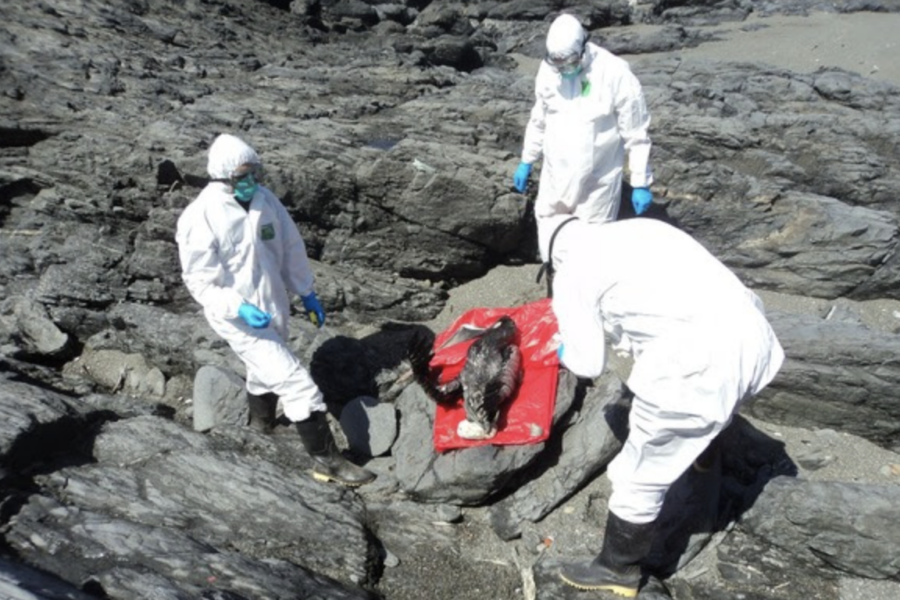NIAID-funded researchers working in Peru have signaled concern about the deaths of birds and marine mammals from highly pathogenic avian influenza (HPAI) that has been spreading globally. Historically, South America’s coastal ecosystems and poultry industry have been spared from HPAI outbreaks.
“These viruses are rapidly accruing mutations, including mutations of concern, that warrant further examination and highlight an urgent need for active local surveillance to manage outbreaks and limit spillover into other species, including humans,” the researchers say.
Their study documenting the outbreak was published Sept. 7 in Nature Communications. It was led by Mariana Leguia of Pontificia Universidad Católica del Perú in Peru and EpiCenter for Emerging Infectious Disease Intelligence (Centers for Research in Emerging Infectious Diseases [CREID] Network). Other project collaborators included the National Forest and Wildlife Service of Peru; Wildlife Conservation Society; One Health Institute; and National Center for Biotechnology Information (NCBI) at the U.S. National Institutes of Health (NIH).
The study identifies flu type A/H5N1 lineage 2.3.4.4b, which in late 2021 spread from Europe to North America and then, in 2022, to South America. Along the way it has devastated wild birds and poultry farms. The scientists say their analyses supports a single introduction of 2.3.4.4b into Peru from North America during October 2022, presumably through the movements of migratory wild birds. The virus then infected local seabirds that share habitats with marine mammals.
Another recently published NIAID-funded study documents the evolution of the H5 virus over two decades from Europe to North America, prior to its spread to South America. The study—also in Nature Communications—involves St. Jude Children’s Research Hospital, part of NIAID’s Centers of Excellence for Influenza Research and Response (CEIRR) network.
In November 2022, scientists began documenting animal deaths along the Peruvian coast, including dolphins, sea lions, sanderlings, pelicans, and cormorants. The study—made possible by researchers quickly establishing new partnerships—identified HPAI A/H5N1 virus in the animals and analyzed how it had mutated since moving into South America.
They singled out one mutation to monitor: “… we are particularly concerned by the presence of PB2 D701N in 2 sea lion samples, and in a human case reported in Chile, as this mutation has been specifically linked to mammalian host adaptation and enhanced transmission.”
